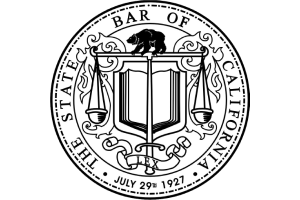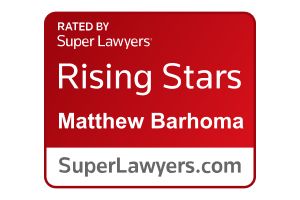Committed to You
Crosswalk Accidents
Respected Los Angeles Personal Injury Lawyers Helping Injured Pedestrians Recover Maximum Compensation for Their Injuries
Pedestrians face tremendous dangers when walking through the busy roads of Los Angeles and Orange County. However, as a pedestrian, you assume that you should remain safe if you stay on the sidewalk and only cross at designated crosswalks. Unfortunately, that is not always the case. Crosswalk accidents occur at a startling rate in Southern California. These pedestrian accidents are not only common but also tend to result in victims suffering severe injuries and, in some cases, death. At the Southern California personal injury law firm of Power Trial Lawyers, our experienced team of attorneys helps pedestrians injured in crosswalk accidents obtain the compensation they need to begin the process of moving on with their lives after a serious accident.
What Are California’s Crosswalk Laws?
Like most states, California law provides that pedestrians have the right-of-way when they are crossing at marked. What fewer people know is that pedestrians also have the right-of-way when crossing at unmarked crosswalks. An unmarked crosswalk is an intersection that has a “stop line” – or a solid white line – immediately before the intersection. Drivers must stop at a stop line and, regardless of whether the intersection has a traditional crosswalk, should yield to any pedestrians in the roadway.
However, while pedestrians have the right-of-way when crossing at a marked or unmarked crosswalk, they must still exercise care when crossing. Thus, just because a pedestrian was struck while crossing at a crosswalk does not necessarily mean that the driver who hit them is 100% at fault for the accident.
What is California’s Comparative Negligence Law?
California’s comparative negligence law is a legal doctrine that gives courts a way to determine which accident victims are legally entitled to recover for their injuries and how to determine the appropriate amount of damages in situations where a victim shared blame for causing an accident.
California uses a “pure comparative negligence” law, meaning that anyone who is injured in an accident, regardless of their percentage of fault, can recover from any other negligent party. However, an accident victim’s damages will be reduced by their percentage of fault.
For example, assume that Jack was crossing the road when he was struck by Jill’s vehicle. Jack crossed the road mid-block, despite the fact that there was a crosswalk about 100 meters away. As a result of the accident, Jack suffered $100,000 in damages. At a jury trial, Jill is found to be 80% at fault for the accident. However, because Jack could have crossed at the crosswalk but decided not to, the jury assigned him 20% responsibility for the accident. In this case, instead of recovering $100,000 (the total amount of his damages), Jack would recover $80,000 ($100,000 less Jack’s percentage of fault, or 20%).
Given the application of the comparative negligence doctrine, it is imperative that pedestrians injured in crosswalk accidents work with an experienced attorney who can reduce the chances that the driver is able to shift blame onto the pedestrian.
Have You Been Injured in a Crosswalk Accident in Southern California?
If you or a family member were recently hit while crossing the street, contact Power Trial Lawyers for immediate assistance. At Power Trial Lawyers, we’ve assembled a team of dedicated personal injury lawyers who aggressively pursue maximum compensation on behalf of our clients. We have more than ten years of experience helping our clients recover meaningful compensation for their injuries, allowing them to move on with their lives after a serious accident. We offer free consultations to all accident victims and will not bill you for our legal representation unless we win or settle your case. To learn more, and to schedule a free consultation with an attorney today, call (888) 808-2179. You can also connect with us through our online contact form. We proudly represent clients in Los Angeles County and Orange County and have conveniently located offices in Los Angeles and Newport Beach.
























